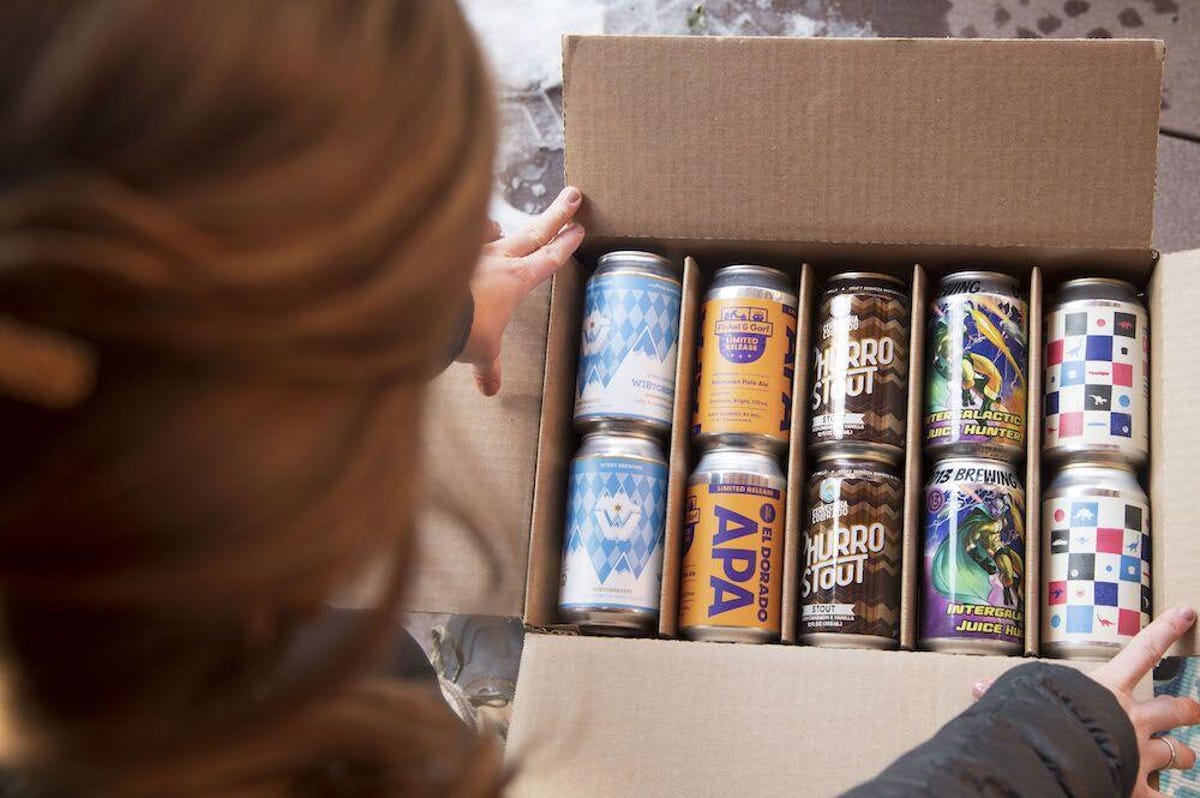Whether you’re a malt-lickin’ lager lover or a hophead searching for the next great ale to pair with tonight’s dinner, there are two main beer styles to consider, and this hoppy holiday is as good a time as any to learn the basics. While the process for brewing ales and lagers is strikingly similar, slight variations in the ingredients, time and temperature produce significantly different results. And it boils down (see what I did there?) to two main elements: heat and yeast.
Ales are the undisputed darling of the craft beer world and include a multitude of subvarieties. As a rule, the process of making an ale offers near-unlimited opportunities for radical styles and complex profiles. Ales can be anything from creamy stouts to sweet porters, hoppy, IPAs ad dry and bitter sours.
Lagers are thought of as the workhorses of the beer world. These smooth, light, easy-drinking brews are ones you’re likely to find at a ballgame or being clinked in oversized mugs in German beer halls. Within the category, there are fewer styles, but popular ones include Pilsner, amber, bock and Marzen, while Budweiser, Narragansett, Heineken and Pilsner Urquell are a few well-known brands consumed worldwide.
Defining something as an ale or lager comes from two main qualifiers. Most distinguishing is the variety of yeast used in making the beer. Yeast is a fungus that, when heated to certain temperatures, eats the sugar contained in beer’s other ingredients (malt, barley and hops) and turns it into alcohol. The other part of the puzzle is the temperature at which fermentation occurs and that is directly related to the type of yeast used.

A great beer club allows you to taste interesting ales and lagers from around the world.
So what exactly do these differences in ingredients and processes mean for the final product? I spoke with Jesse Ferguson, owner and head brewer at Brooklyn’s Interboro Spirits and Ales, a burgeoning indie brewery churning out some of the most in-demand ales and lagers at a time when craft beer popularity has reached critical mass.
“Any time yeast gets ahold of sugar, compounds called esters and phenolics are created and released,” Ferguson says. “These byproducts of the fermentation product give a beer vibrant fruit and spice notes, and when yeast is fermented at a higher temperature, as with most ales, the phenolics and esters are spat out at a higher rate.”
This is why ale yeast typically produces more complex and robust beers with punchier profiles and a wider array of notes. The compounds can be accelerated and altered both by method and ingredients into the many hundreds of subvarieties that live under the ale umbrella.
Lagers, on the other hand, ferment at colder temperatures, producing a slightly more muted profile, generally speaking. A typical lager is clean, crisp and smooth on the palate with an underlying sweetness. Or, as Ferguson explained, “When you think of beer, just regular straightforward uncomplicated beer, the smell, the taste and the color, you’re probably thinking of a lager. The real star of any lager is the malt and, when brewed well, will shine through with a bright and balanced sweetness.” Lagers are also usually a bit lower in alcohol percentage too, but as with most rules, there are always exceptions. Check the can or bottle if it’s a concern.
When asked about the level of difficulty in brewing lagers versus ales, Ferguson tells me that lagers can be trickier and have significantly fewer margins for error. “If a lager ferments too fast, you often end up with diacetyl, an unwanted compound that leaves your lager tasting like buttery movie popcorn, and not in a good way,” he said. “Ales allow more room to play around and even if things go slightly off plan, you’re likely to end up with something interesting and drinkable.”


